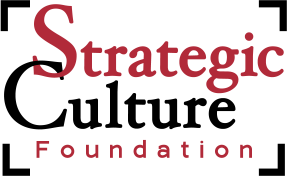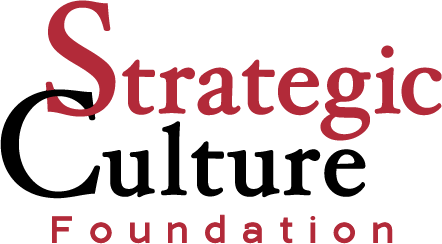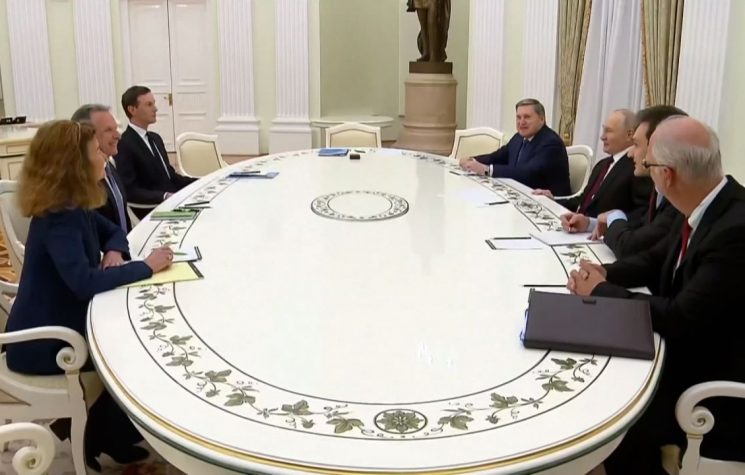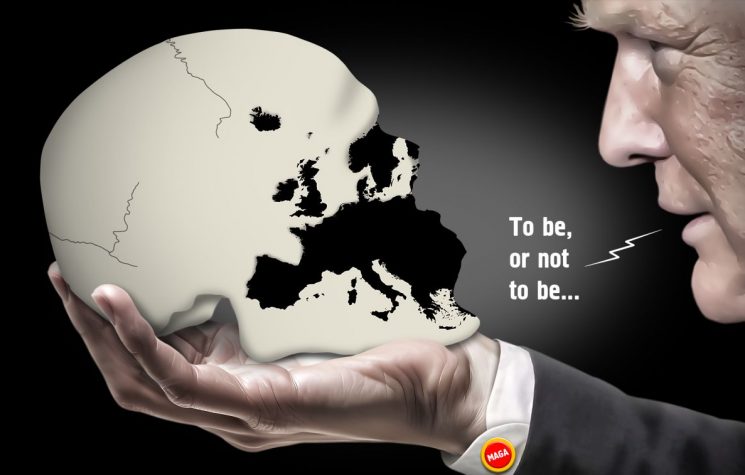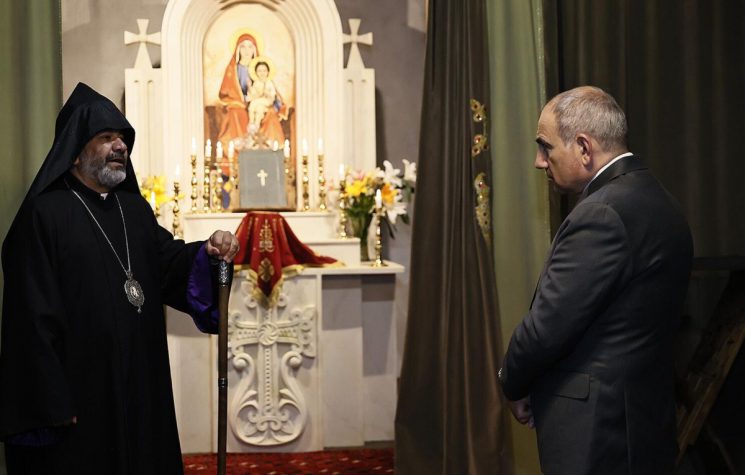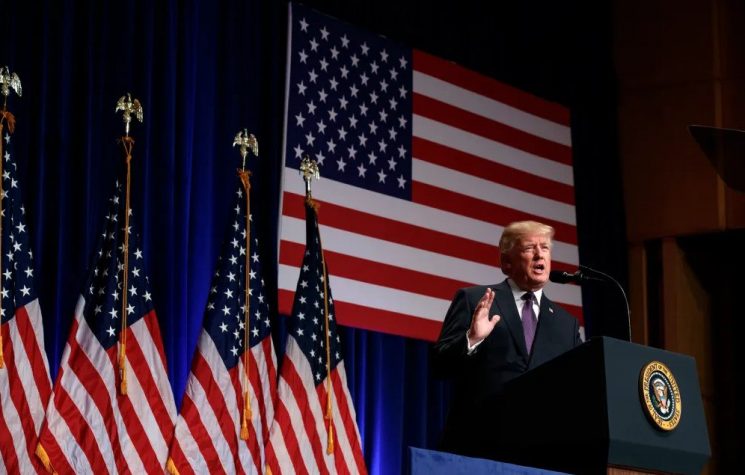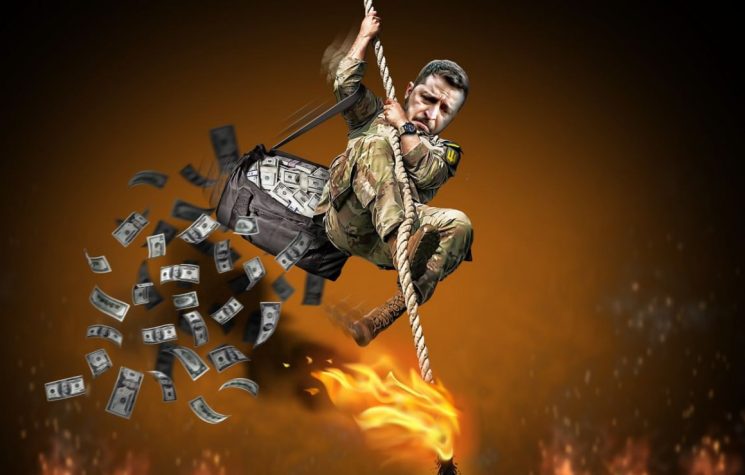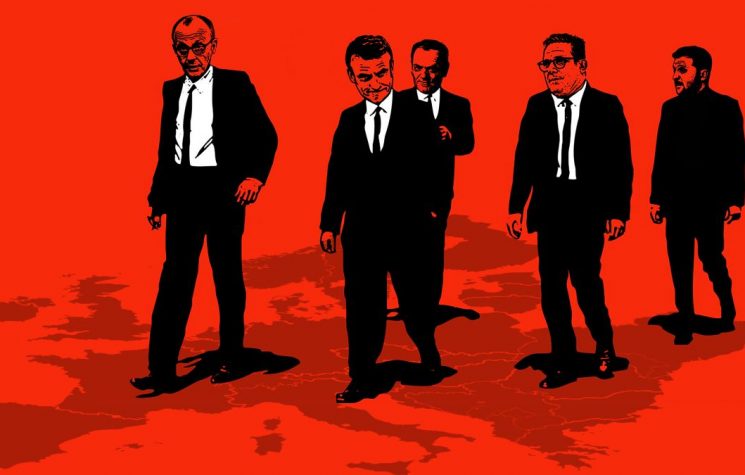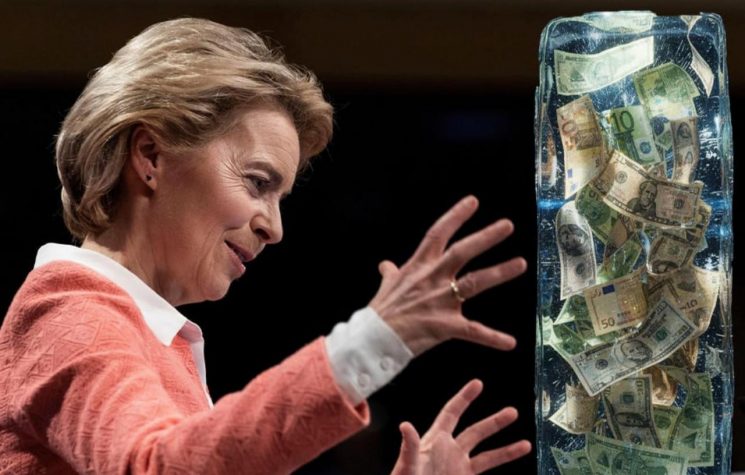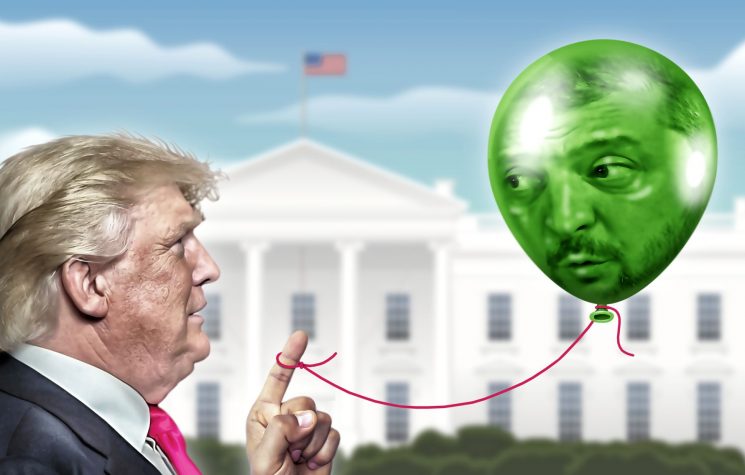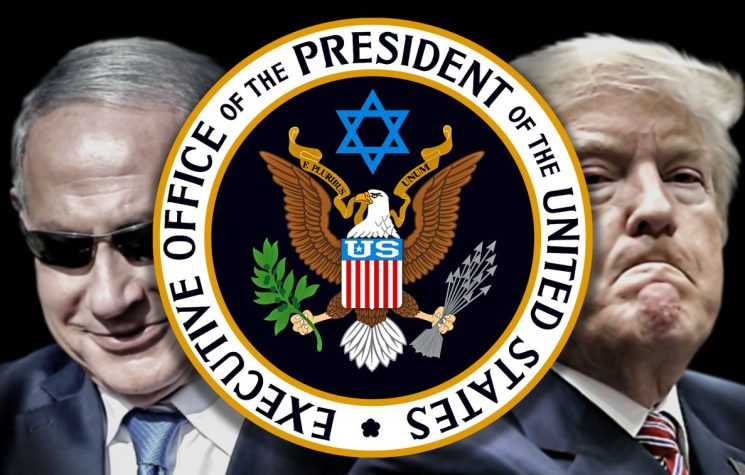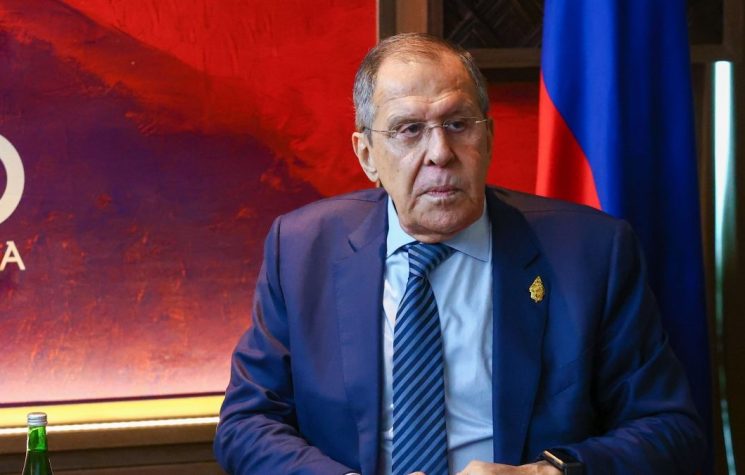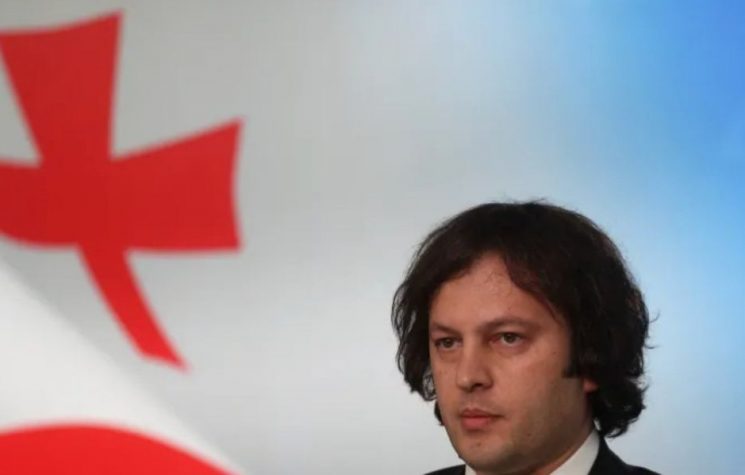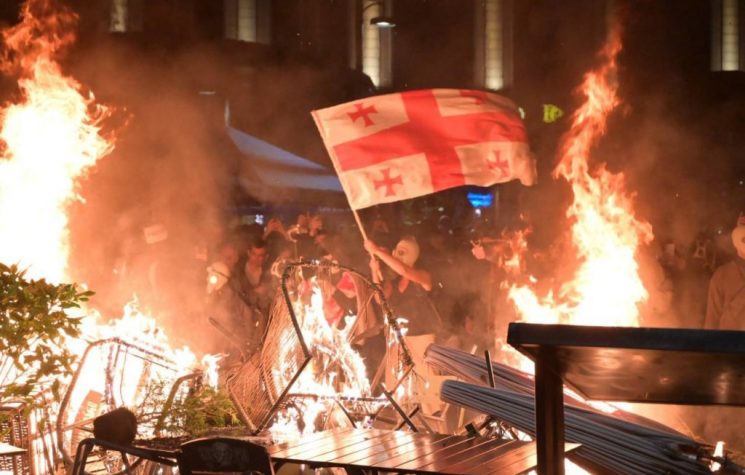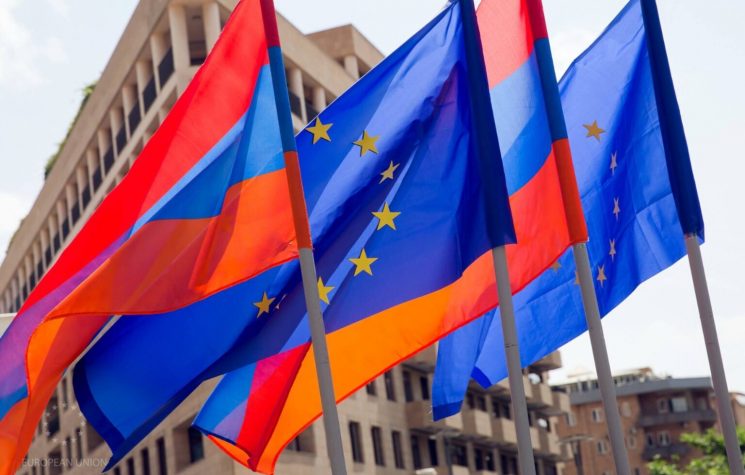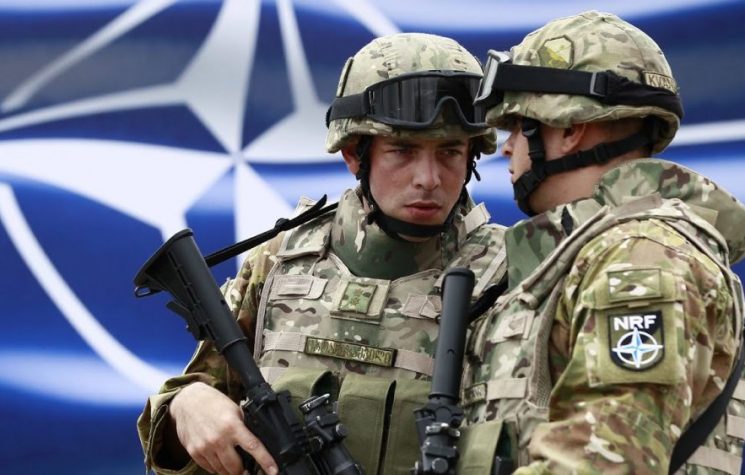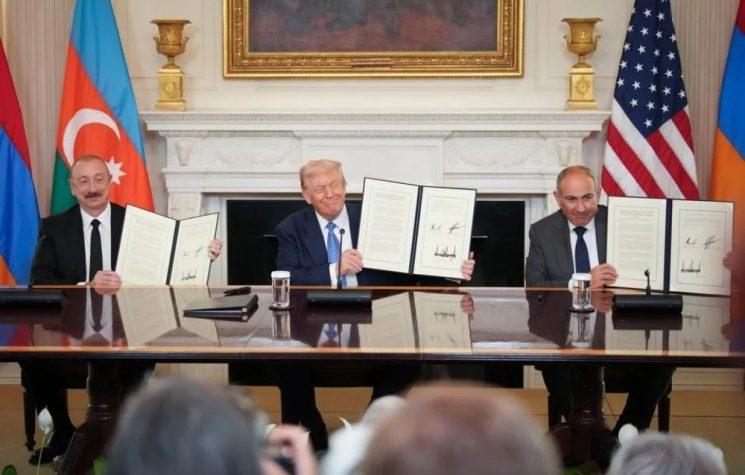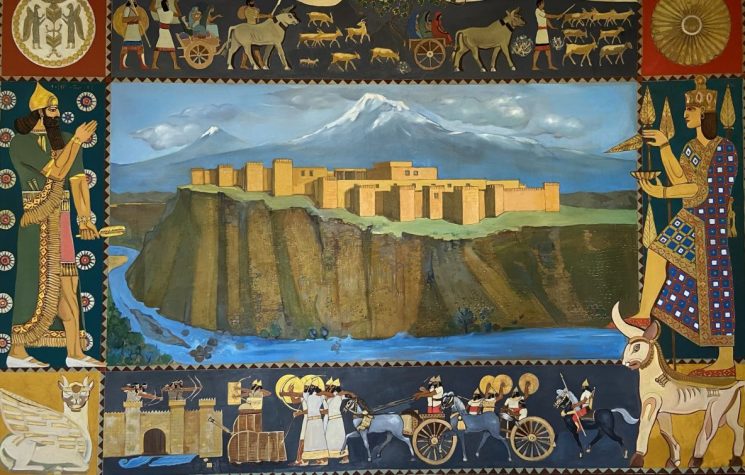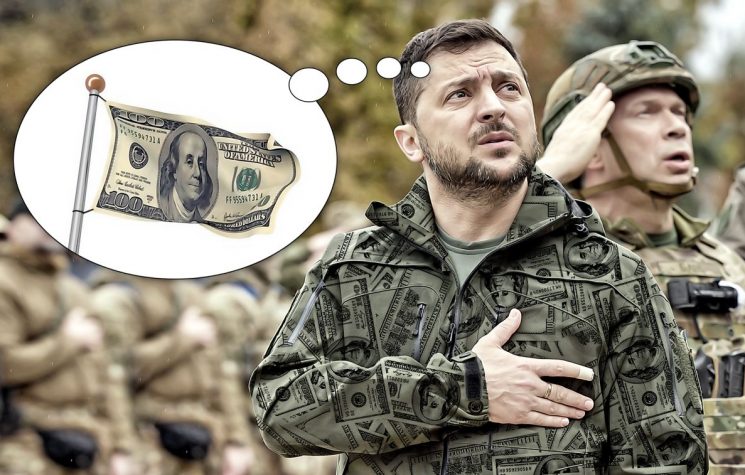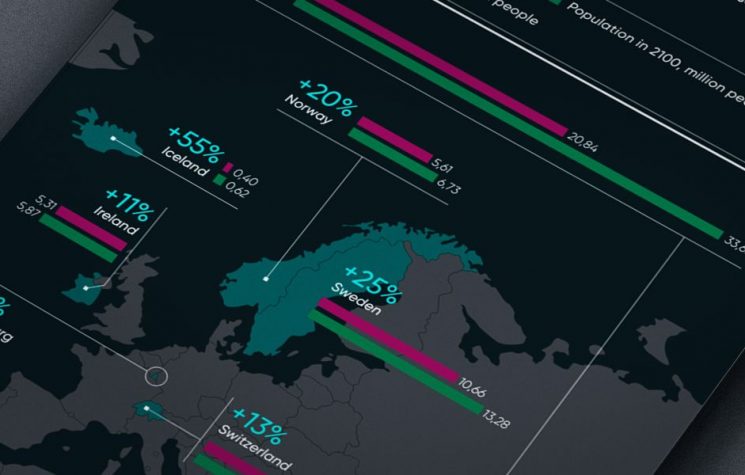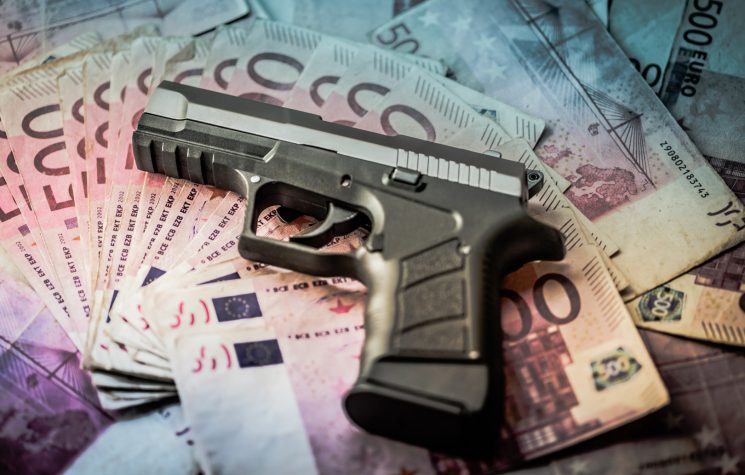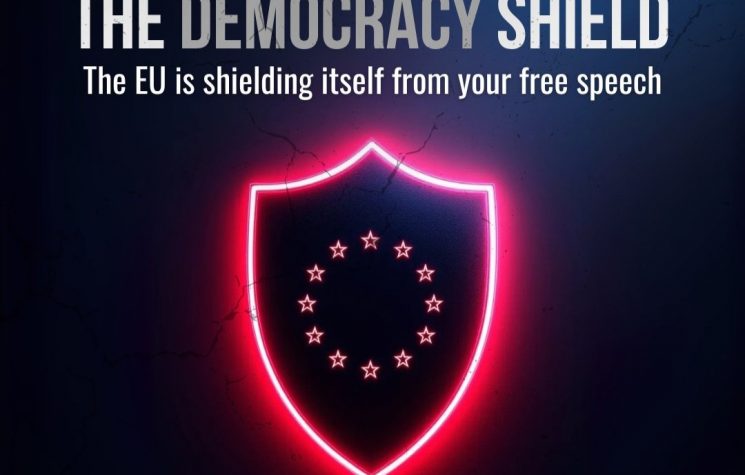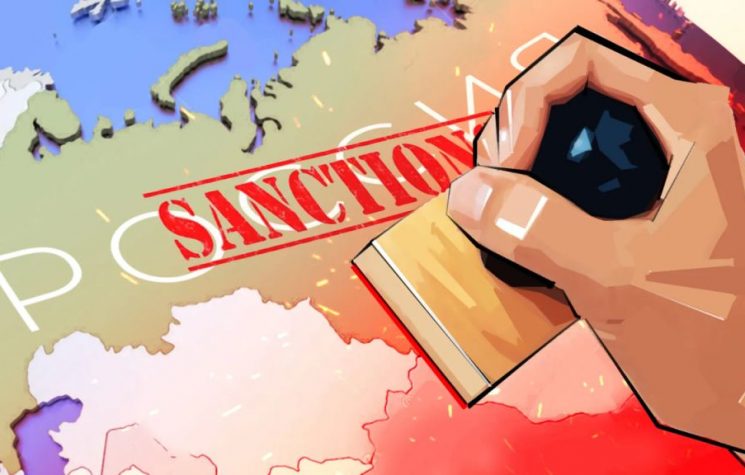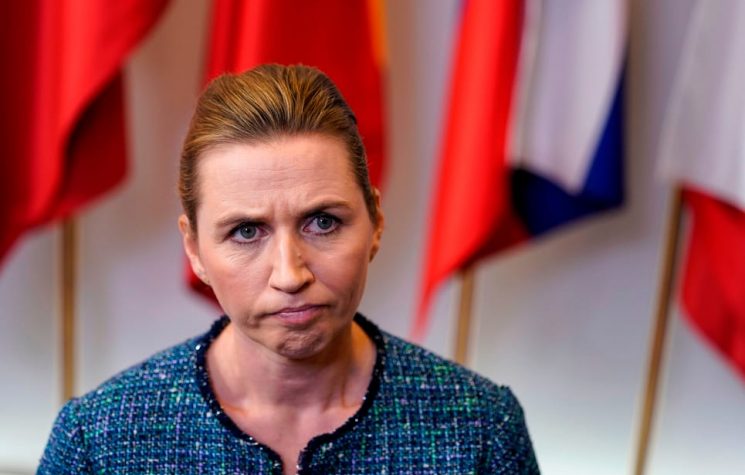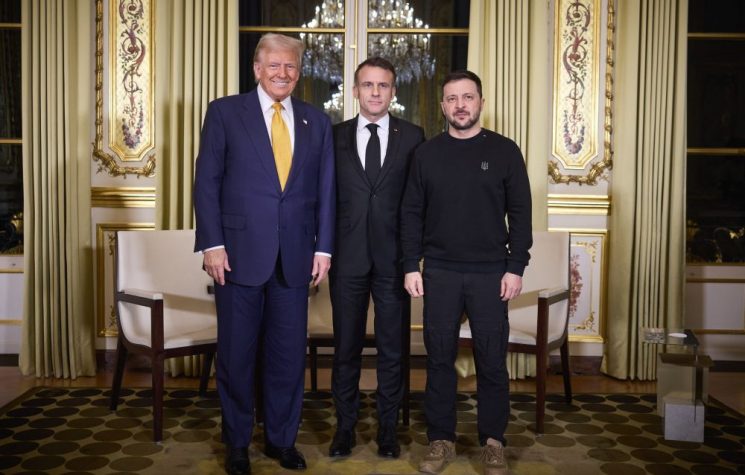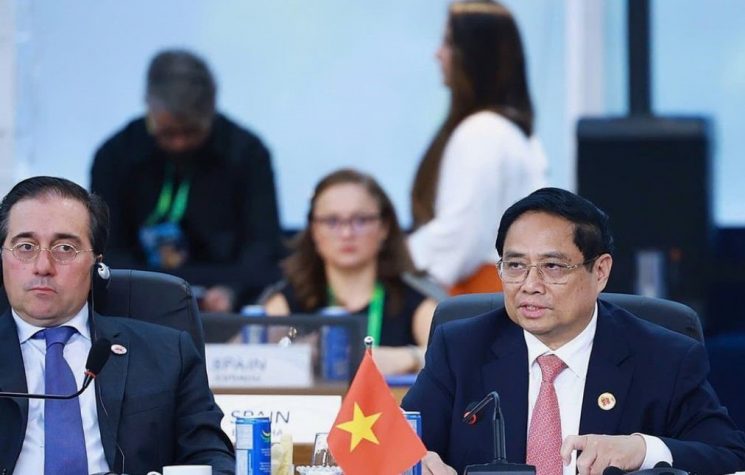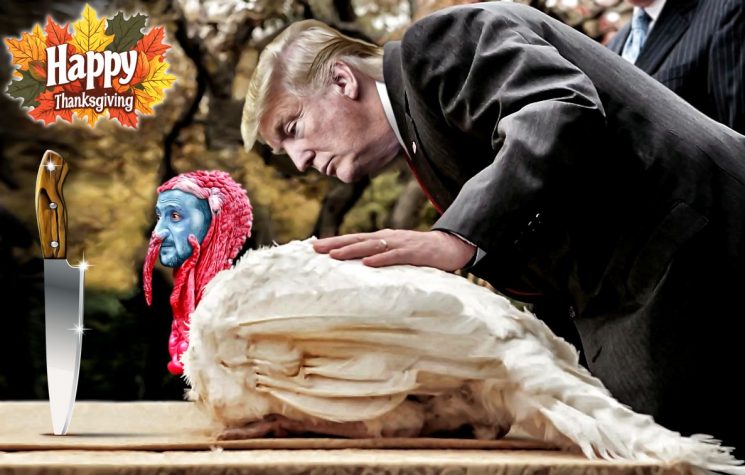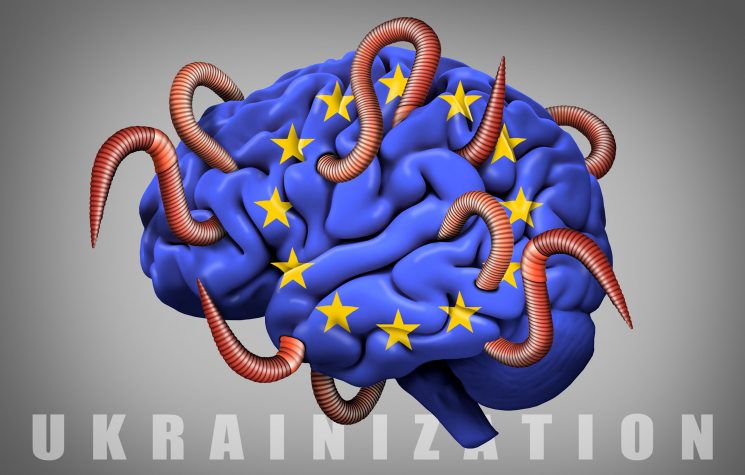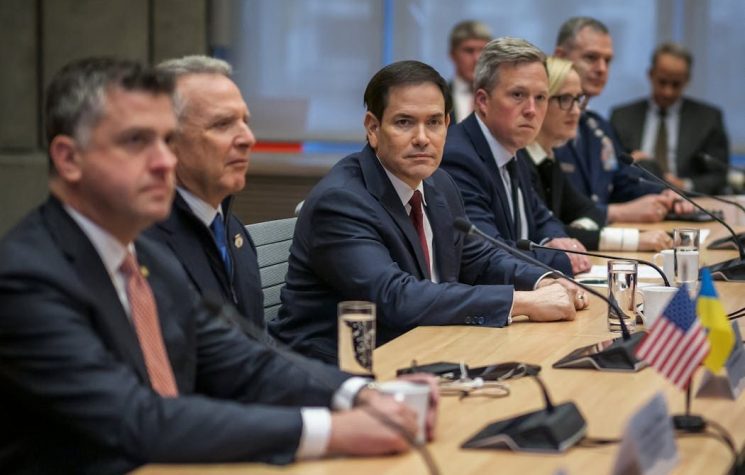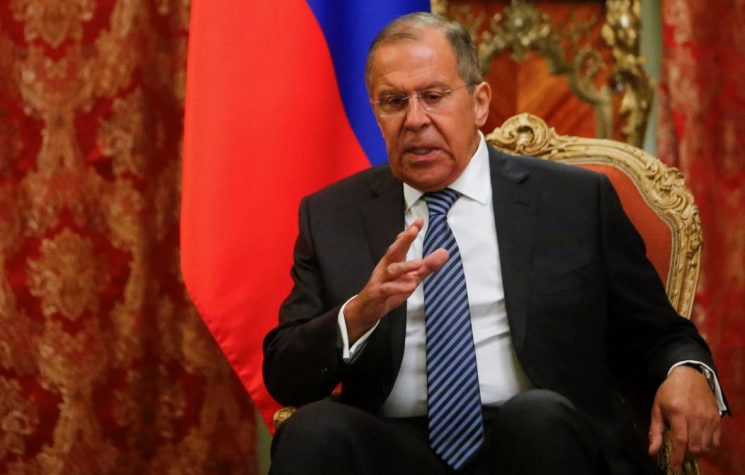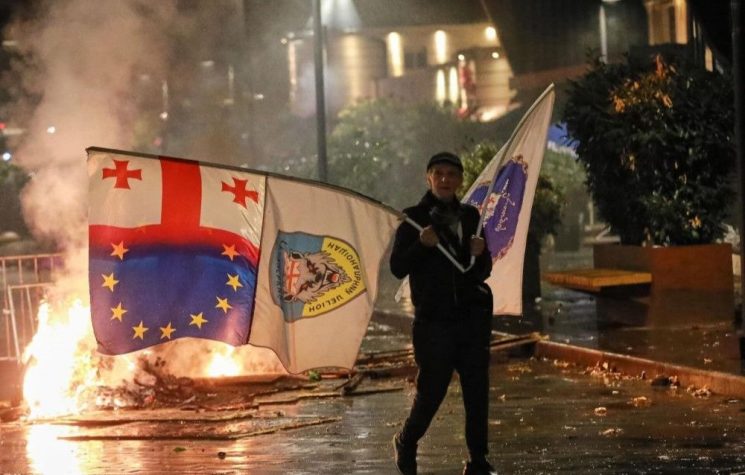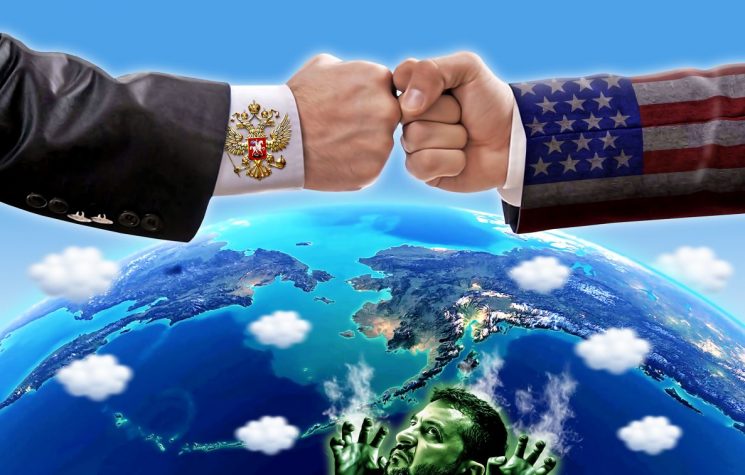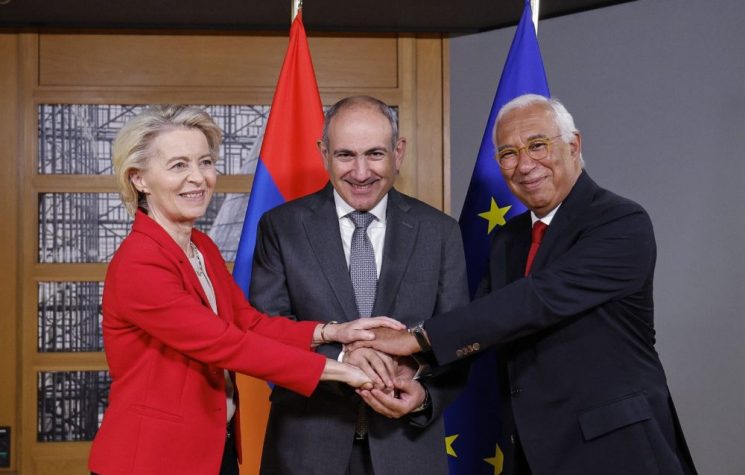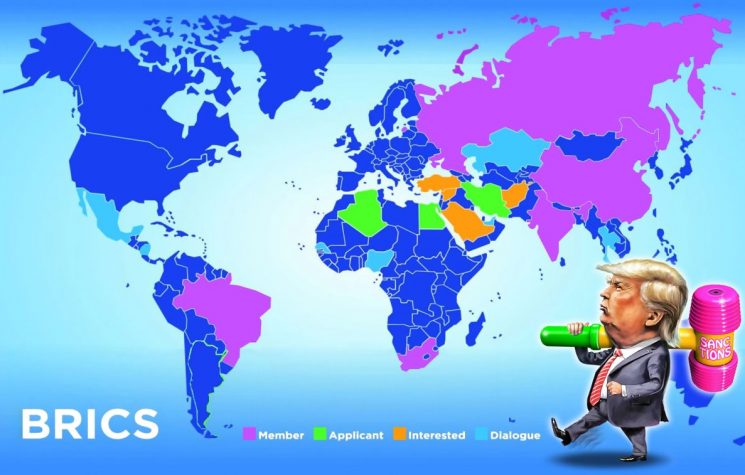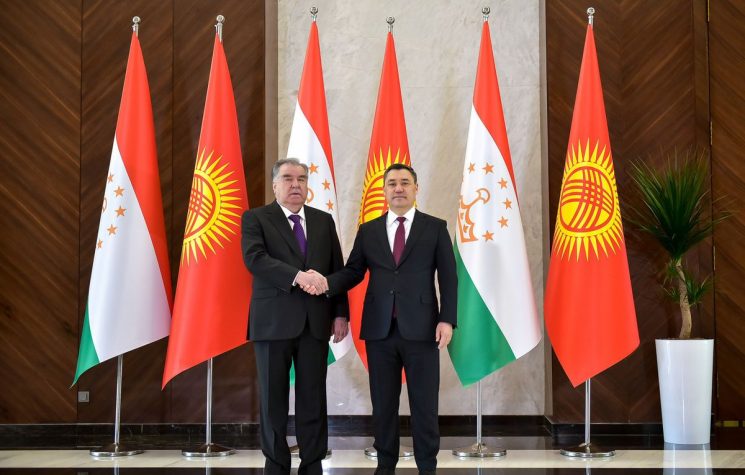As options narrow, Armenia’s biggest challenge will be determining which path offers a more stable future.
Contact us: info@strategic-culture.su
Russian Foreign Minister Sergey Lavrov recently made a critical visit to Armenia.
This marked Lavrov’s first official trip to Yerevan in several years. During his visit, he met with Armenian Foreign Minister Ararat Mirzoyan, Prime Minister Nikol Pashinyan, and President Vahagn Khachaturyan.
At a joint press conference with Mirzoyan, Lavrov dismissed Western-led security initiatives as ineffective and biased, advocating instead for a multipolar, inclusive, and international law-based security order.
In Yerevan, Lavrov reminded Armenia of its historical alliance with Russia and warned of the potential consequences of Yerevan’s rapprochement with the West. He also sharply criticized France and the European Union (EU), accusing them of pursuing a destabilizing and anti-Russia agenda in the Caucasus.
Notably, however, Lavrov avoided mentioning U.S.-Armenia relations or directing harsh criticisms toward Washington—a stance likely linked to the dialogue established during the Trump administration.
Lavrov’s visit came at a time of strained relations between the two countries. In Armenia, dissatisfaction with Russia is visibly growing due to Moscow’s perceived inaction or insufficient response regarding Nagorno-Karabakh.
Additionally, Yerevan has recently suspended its participation in the Collective Security Treaty Organization (CSTO) while expanding diplomatic, economic, and military ties with France, the EU, and other Western actors.
A ‘New Chapter’ in Russia-Armenia Relations?
This visit has been interpreted by some as the opening of a ‘new chapter’ in Russia-Armenia relations, which have deteriorated since the Second Karabakh War. However, the situation also starkly highlights the ‘dilemma’ in Armenian politics.
While Pashinyan’s inner circle describes Armenia’s ‘dual-track’ policy between Russia and the West as a ‘multi-vector foreign policy,’ this oscillation is, in fact, the natural outcome of the ‘Velvet Revolution’ that brought Pashinyan to power—a movement aimed at pulling the Caucasus away from Russia.
Historically aligned with the Russia-Iran axis and reliant on Moscow’s mediation in regional issues—especially regarding Karabakh—Armenia’s political trajectory irreversibly shifted after the 2018 Velvet Revolution, which propelled Pashinyan to power.
Like other post-Soviet states that underwent color revolutions, Armenia, through its Velvet Revolution, embraced closer ties with the West, EU values, and ‘democracy.’ During the protests, Pashinyan denied comparisons to color revolutions, insisting the movement was purely about domestic affairs and that Armenia’s foreign policy would remain unchanged. However, every step taken since then reveals that the so-called ‘multi-vector foreign policy’ is, in reality, a Western-oriented shift.
This policy has undergone a significant transformation in the context of relations with Russia:
- In February 2024, Yerevan announced the de facto freezing of its CSTO membership.
- By May 2024, it halted membership fee payments.
- In June 2024, it formally declared its intent to withdraw.
- And in April 2025, it confirmed it would no longer participate in budget discussions.
Underlying this stance is Armenia’s growing dissatisfaction with the CSTO’s failure to meet its security expectations, particularly regarding assistance during the Karabakh war.
However, Russia and the CSTO refrained from intervening in Karabakh, citing the conflict as ‘outside the alliance’s legal boundaries.’ The real reasons, though, were discomfort with Pashinyan’s pro-Western tilt and a desire to maintain balanced relations with Azerbaijan.
Armenia’s EU Path
While criticizing Russia for lacking military support when needed, Yerevan simultaneously took the following steps:
- April 2024: Armenian FM Ararat Mirzoyan signed a judicial cooperation agreement with Eurojust in Brussels, aiming for legal unity among EU member states.
- September 2024: Armenia and the EU launched a visa liberalization dialogue for short-term visa-free travel.
- February 2024: At the fifth EU-Armenia Partnership Council meeting, the EU pledged €5.5 million in humanitarian aid for Armenians displaced from Karabakh.
- April 2024: At the EU-U.S.-Armenia trilateral summit in Brussels, the EU adopted a €270 million Resilience and Growth Plan for Armenia (2024-2027).
- January 2025: The Armenian government approved a bill initiating EU accession talks.
- February 2025: Armenia joined the EU’s Interreg Black Sea Basin Program, enhancing cooperation with Eastern Europe, the South Caucasus, and the Mediterranean.
- April 2025: President Vahagn Khachaturyan signed the EU accession bill into law.
Undoubtedly, Armenia’s accelerated transformation is also linked to the ‘loss of Karabakh.’ While this was a major defeat, it also allowed the Pashinyan administration to shed a historical burden.
However, Armenia’s ties with the EU date back much further:
- 1996: Signed a Partnership and Cooperation Agreement with the EU.
- 2001: Joined the Council of Europe.
- 2004: Enhanced relations under the European Neighborhood Policy (ENP).
- 2009: Joined the Eastern Partnership initiative.
- 2013: Entered the Eurasian Economic Union (EAEU) but ratified the Comprehensive and Enhanced Partnership Agreement (CEPA) with the EU in 2017.
- Post-Velvet Revolution, ‘democratic reforms’ gained momentum.
What Does the EU Want from Armenia?
For Europe, Armenia’s significance lies less in its commitment to ‘European values’ and more in its geographic proximity to Russia and Iran.
EU membership is a lengthy process—only three former Soviet states (Estonia, Latvia, Lithuania) have completed it. Others, like Ukraine, Moldova, and Georgia, remain embroiled in political struggles between ‘pro-Russia’ and ‘pro-EU’ factions. These parallels suggest Armenia’s accession could take years.
The EU’s primary goal appears not full membership but advancing strategic interests through the accession process. A ‘European’ Armenia would align with the bloc’s geopolitical objective of countering Russia.
What Does Russia Want from Armenia?
A key factor in Armenia’s loss of Karabakh was the absence of Russian support. While Azerbaijan’s military ended Armenia’s 28-year occupation, the shift was ultimately driven by Pashinyan’s political stance—not just Turkish drones, Israeli weapons, or Azerbaijan’s resolve.
From this perspective, the Karabakh conflict, like other post-Soviet crises, was ‘internationalized’—tied to U.S. imperialism, the strategy of ‘encircling Russia,’ and color revolutions.
The traditional regional alignment—Armenia-Russia-Iran vs. Azerbaijan-Israel-Turkey—was disrupted under Pashinyan. Thus, for Moscow, Armenia’s domestic politics and bilateral relations are inseparable from Russia’s broader encirclement concerns.
From Moldova and Ukraine to Georgia and Armenia, nearly every post-Soviet state near Russia has experienced color revolutions, military conflicts, and political divisions between ‘pro-Russia’ and ‘pro-West’ factions.
Yet despite tensions, geographic proximity, shared history, and economic necessity prevent a complete rupture.
Economic Ties Amid Political Strains
In 2024, Russia-Armenia trade hit a historic high of $12.4 billion—a 56.5% increase from 2023. In the first half of 2024, Armenia imported 66 tons of gold, nearly all from Russia. Agricultural trade also rose by 16.2%.
However, while imports from Russia surged, Armenian exports to Russia declined—a trend Pashinyan’s critics attribute to his pro-Western policies, while his supporters blame ‘dependence on Russia.’
For the Kremlin, Armenia is both a security concern and a strategic foothold in the South Caucasus. Despite tensions, Russia remains committed to preserving ties, leveraging historical and economic bonds to counter Western influence.
What Comes Next?
A key agenda item during Lavrov’s visit was Armenia’s upcoming 2026 elections, which will be a major test for Pashinyan.
A recent poll by MPG Politring (Gallup’s Armenian partner) asked, “If elections were held today, who would you vote for?”
- 5%: Pashinyan’s ruling Civil Contract party.
- 8%: Robert Kocharyan’s ‘Armenia’ bloc.
- 7%: Serzh Sargsyan’s ‘I Have Honor’ alliance.
Notably, 23.7% said they would not vote—a segment that could decide Pashinyan’s fate.
The Dilemma of Dual-Track Policy
Armenia’s ambiguous political climate leaves it with two outcomes from its dual-track foreign policy: Moscow’s security umbrella vs. the EU’s political and economic promises.
Pashinyan’s government is attempting to balance both, but this strategy carries risks. As options narrow, Armenia’s biggest challenge will be determining which path offers a more stable future.
The outcome will hinge on where Armenia’s interests diverge from Pashinyan’s.
